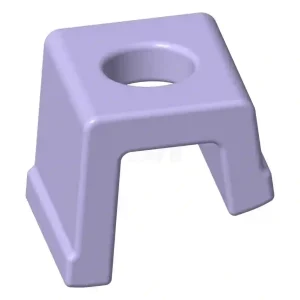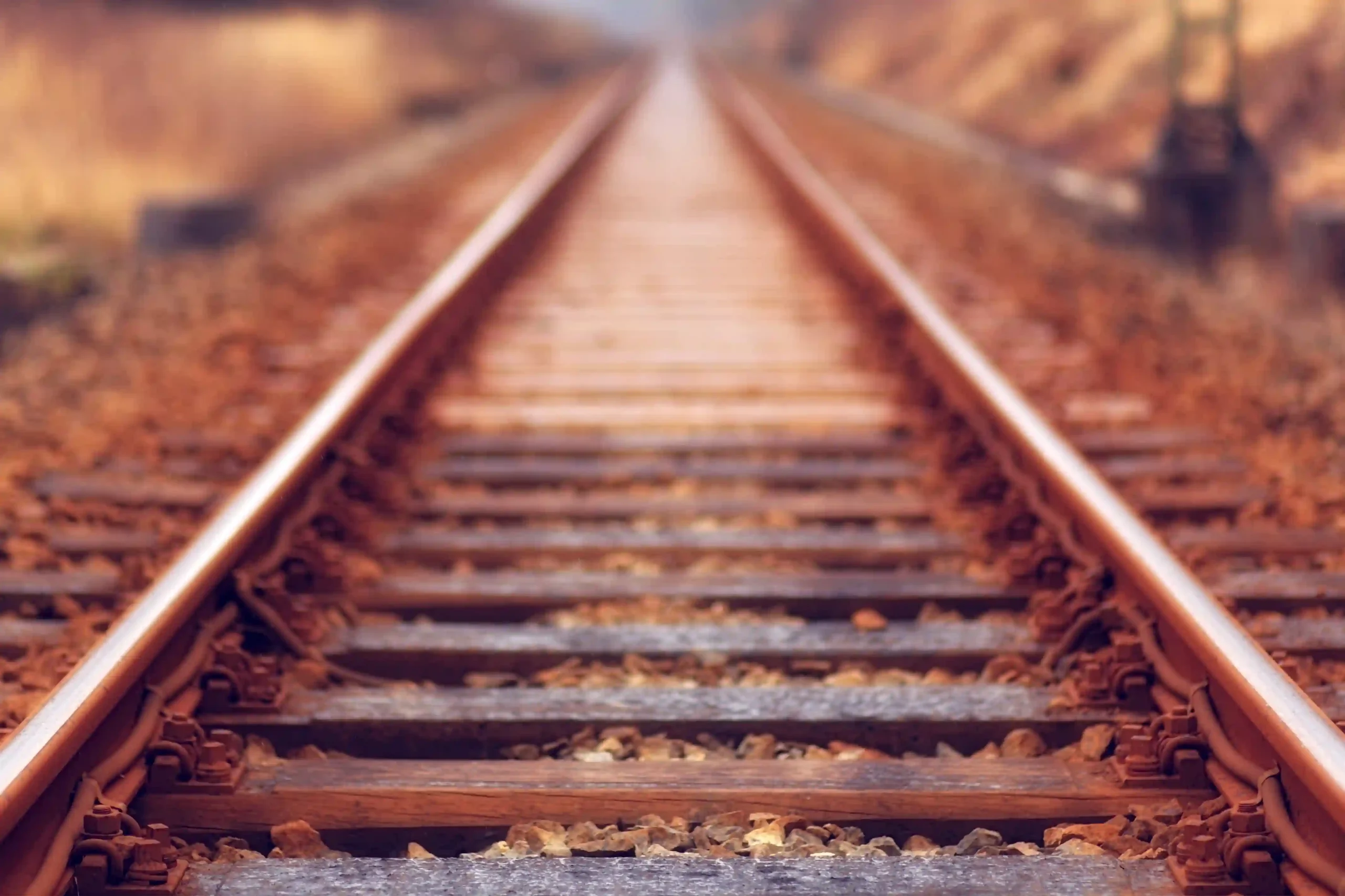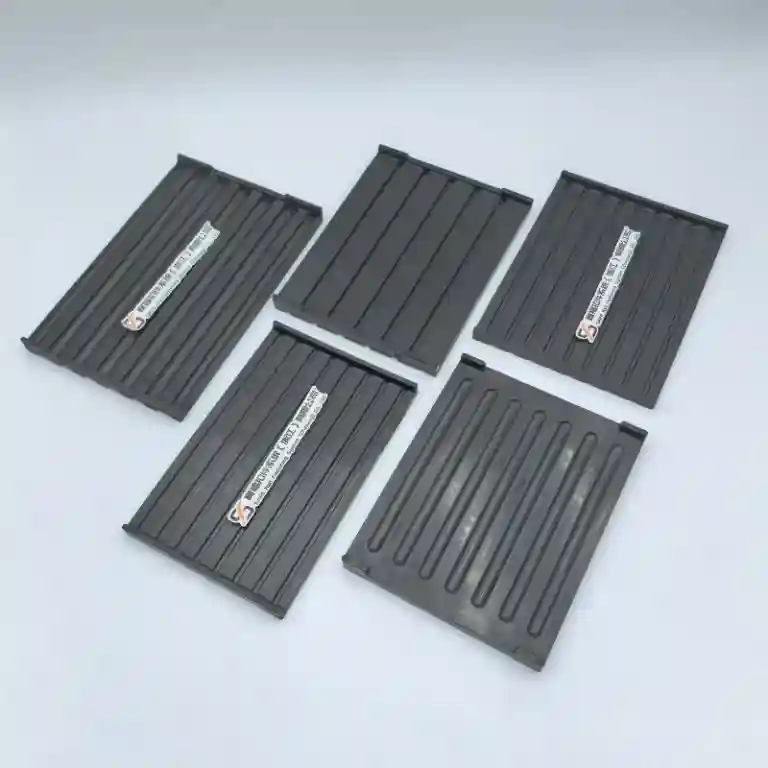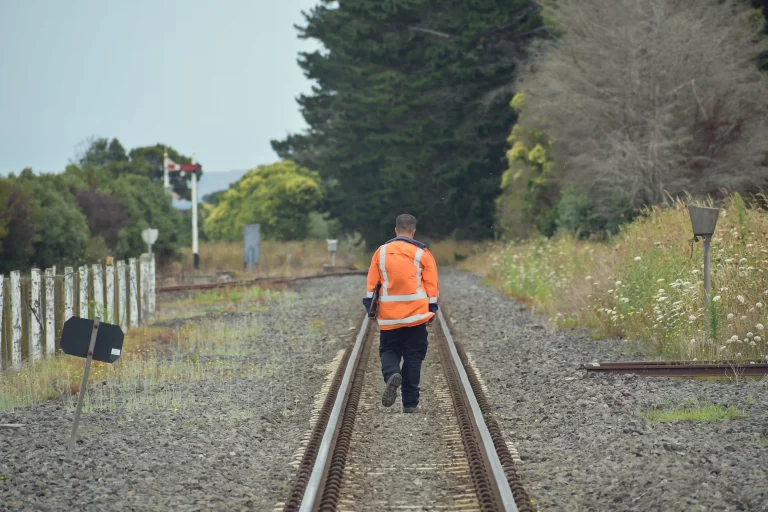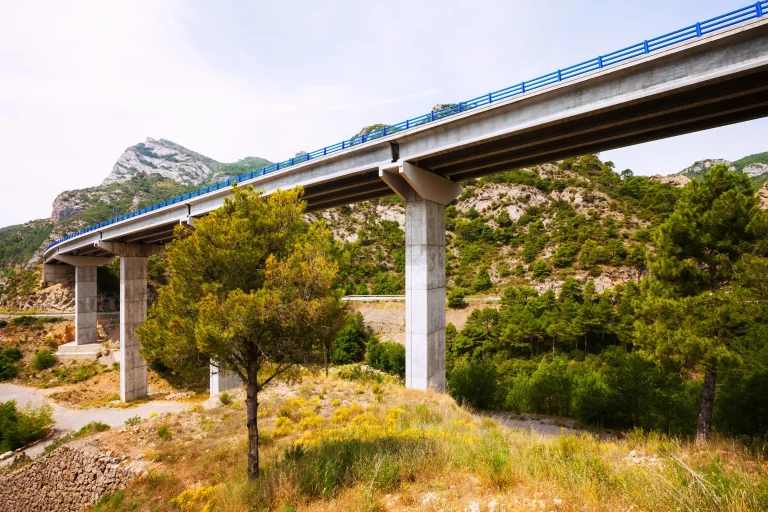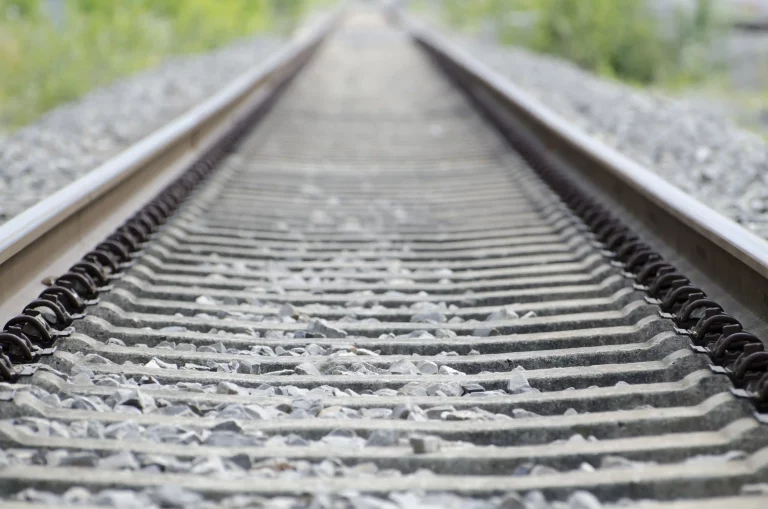Rail clips play a role in the smooth functioning and safety of railway tracks by maintaining stability and support for trains to run smoothly and securely over time. Discover the significance of these minor components in optimizing railway operations and enhancing track durability for extended periods. This blog will delve into the kinds of rail clips available along with their advantages and understand the importance of routine upkeep in averting expensive interruptions to train services.
What Are Rail Clips?
Rail clips are parts of the railway sector that help to keep train operations running smoothly and securely by supporting and stabilizing rail tracks effectively for optimal performance of trains as a whole.
Definition of Rail Clips
Rail clips are tools utilized for securely attaching rails to the baseplate underneath them. Their main purpose is to keep the rail stable and prevent any shifts that may cause alignment issues or accidents. The selection of materials and design for rail clips is carefully done to ensure durability, in weather conditions and mechanical pressures often faced in railway activities.
Functionality of Rail Clips
Rail clips work by exerting a clamping pressure to keep the rail firmly against the baseplate to ensure track gauge and alignment for safe and smooth train journeys. Consequently, the clips play a role in evenly distributing loads across the track system reducing wear and tear on the rails and supporting infrastructure.
What Types of Rail Clips Are Commonly Used?
Various kinds of rail clips are utilized based upon needs and situations with each variation providing distinct advantages tailored to different aspects of maintaining and operating railways.
Elastic Rail Clips
Rail clips known for their flexibility and capability to absorb the forces produced by passing trains are elastic rail clips. They are recognized for their damping of vibrations and noise levels which makes them perfect for high-speed railway systems.
SKL Rail Clips
The SKl rail clips boast a design that guarantees a secure grip and are commonly employed in locations demanding heightened stability, like bends and junctions.
KPO Rail Clips
Rail clips from KPO provide an efficient method for fastening rail tracks securely in place with ease of installation and upkeep for consistent performance in traditional railway environments.
Deenik Rail Clips
Deenk rail clips stand out for their design enabling fast installation while maintaining durability intact commonly applied in scenarios requiring swift track setup or maintenance work.
PR Rail Clips
Rail clips with a tensioned design are often employed in heavy haul railway systems to ensure track alignment remains stable even with varying loads present.
Nabla Rail Clips
Rail clips from Nabla offer a deal of flexibility along with a powerful grip force enabling them to adjust to slight shifts in the track while ensuring a firm hold, in place.
How Do Rail Clips Enhance Railway Efficiency?
Rail clips play a role in enhancing the effectiveness of railway operations through supporting track stability and durability.
Contribution to Track Longevity
Through the attachment of rails with rail clips; it aids in minimizing unnecessary movement that could result in wear and tear over an extended period. This proves beneficial in prolonging the lifespan of both the rails and the supporting structures; thereby decreasing maintenance expenses and operational downtime.
Improvement in Train Performance
Maintained rail clips that keep the tracks stable leading to smoother rides with less vibration and noise improving passenger comfort and reducing energy consumption by enhancing train dynamics.
Why Is Regular Maintenance of Rail Clips Important?
Consistent upkeep of rail clips plays a role in ensuring smooth railway functionality as overlooking this responsibility may result in serious outcomes, like train derailments or expensive maintenance work.
Inspection Protocols
Regular checks must be carried out to inspect rail clips for any wear and tear indicators such as cracks or corrosion that could affect their performance.
Replacement Procedures
When issues are found during inspections, it’s important to replace any damaged or worn-out clips to keep the tracks in good condition and prevent possible failures.
SAFE Rail Fastening System (In Zhejiang) is a company that prioritizes quality control by leveraging state-of-the-art production facilities and testing labs equipped with more than 100 different imported automated machines and instruments. SAFE relies on raw materials sourced from leading domestic suppliers and importers to guarantee the top-notch performance of its offerings such as a variety of rail clips used worldwide in diverse railway scenarios.
How Does SAFE Stand Out as a Reliable Rail Clip Supplier?
When choosing a rail clip provider, it’s important to focus on reliability and quality along with innovation as aspects to keep in mind. Distinguished in the field for its top-notch products and services Safe Rail Fastening System (Zhejiang) Co., Ltd. has cemented itself as a frontrunner due to its delivery of exceptional offerings. With a footing in China’s rail transit sector, Safe is at the forefront of pushing forward developments in railway technology and infrastructure.
Overview of SAFE’s Product Range
SAFE offers a variety of products crafted to meet the unique requirements of the railway sector by providing rail fastening systems and diverse railway engineering equipment for high-speed rails as well as conventional rails including heavy haul rails and metro & subway rails. This diverse selection allows SAFE to serve railway operations and settings effectively.
Commitment to Quality and Safety Standards
SAFE prioritizes upholding notch quality and safety standards throughout its range of products. The company adheres to the ISO9001 Quality Management System, the ISO14001 Environmental Management System, and the IS045001 Occupational Health Management System. These certifications highlight SAFE’s commitment to delivering eco-friendly products.
SAFE also prioritizes research and development efforts by working with universities and other organizations to facilitate the seamless transition of scientific research advancements into practical market solutions through the fusion of academic expertise with industry insights and market demands.
Conclusion
Rail clips are crucial for ensuring the safe functioning of railway systems worldwide. SAFE Rail Fastening System (based in Zhejiang) a prominent provider in this industry sector showcases its expertise through an array of products dedicated to top-notch quality benchmarks and forward-thinking strategies in technology advancement.
FAQs on Rail Clips
What materials are typically used to manufacture rail clips?
Rail clips are often made from materials like spring steel or alloy steel specifically selected for their durability, against the wear and tear of railway activities and varying weather conditions.
How often should rail clips be inspected?
Inspection schedules for rail clips vary based on factors, like how the tracks are used and the environment they’re exposed to. Nevertheless, regular checks should be done either a year or every six months to look for any wear and tear that might affect their performance.
Can rail clips be reused after removal?
Typically speaking it’s not advisable to reuse rail clips once they’ve been removed because they might get deformed or weakened during the setup process. You should consider replacing the clips that have been taken out with ones to guarantee top-notch performance and safety on the railway tracks.
SAFE’s commitment to delivering top-notch rail fastening solutions has established it as an ally for railway operators globally. With a focus on creativity and quality assurance while prioritizing customer contentment SAFE plays a role in improving railway infrastructure on a global scale.


